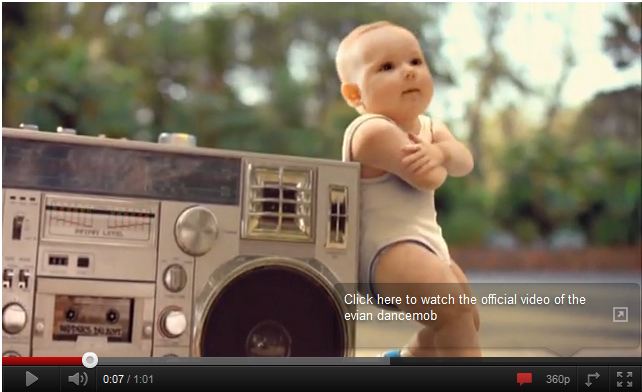Seventy-eight per cent of people visiting and interacting with a brand’s Facebook page are likely to continue the relationship by visiting its website or considering it for purchase. Just thirty-four per cent of the people who say they are unlikely to interact with a brand’s social media presence on Facebook are likely to do the same.With the role of social media under question, Starcom MediaVest Group’s strategic development director Jim Kite explains: “The deeper the interaction with social media, the greater the likelihood of moving the consumer from enquiry to brand preference.”
The research draws on a study using a representative sample of 6,000 regular Facebook, YouTube and Twitter users in June. They were asked to spend several minutes interacting with content on brands’ Facebook and YouTube pages in product categories where they had already registered an interest. Respondents were asked to participate in activities requiring a range of involvement, from watching videos, posting comments, playing games and following brands on Twitter or tweeting about them.
The study claims that it is not just being aware of brands on social media platforms that leads people to continue that relationship or buy goods. It is the level of interaction or “doing something” with branded content that has a bearing.
To read the full article visit Marketing Week.






